Windows computers with multiple user accounts often store personal or sensitive files in shared directories. When folders are not properly restricted, other users with access to the same PC can browse or open these files. Applying targeted folder hiding techniques prevents unauthorized viewing or access, keeping your data private and secure.
Restrict Folder Access Using NTFS Permissions
Step 1: Right-click the folder you want to hide from another user and select Properties.
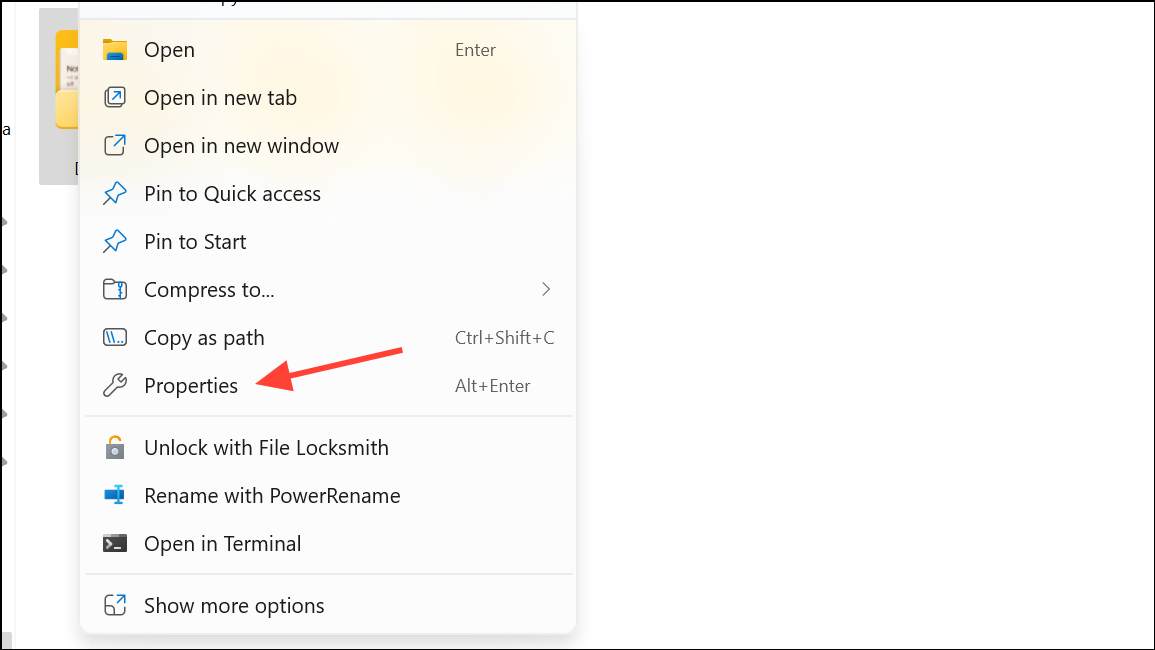
Step 2: In the Properties window, switch to the Security tab. Here, you can view and modify which users or groups have access to the folder. Click Edit to change permissions.
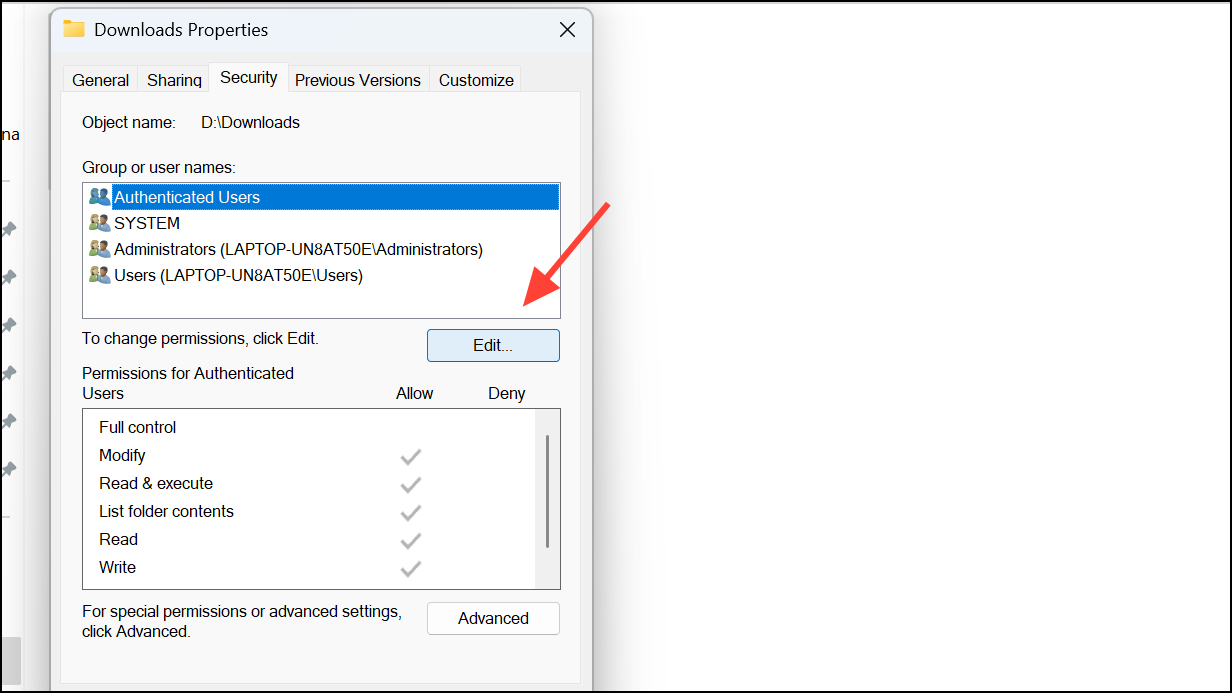
Step 3: In the list of user names, select the account you wish to restrict. If the account is not listed, click Add, type the user’s Windows username, and click Check Names to confirm.

Step 4: With the user selected, check Deny for Read and any other permissions you want to block. This prevents the chosen user from opening or viewing the folder’s contents. Click Apply and confirm the changes. The folder is now inaccessible to that user, even if they know the location or try to access it directly.
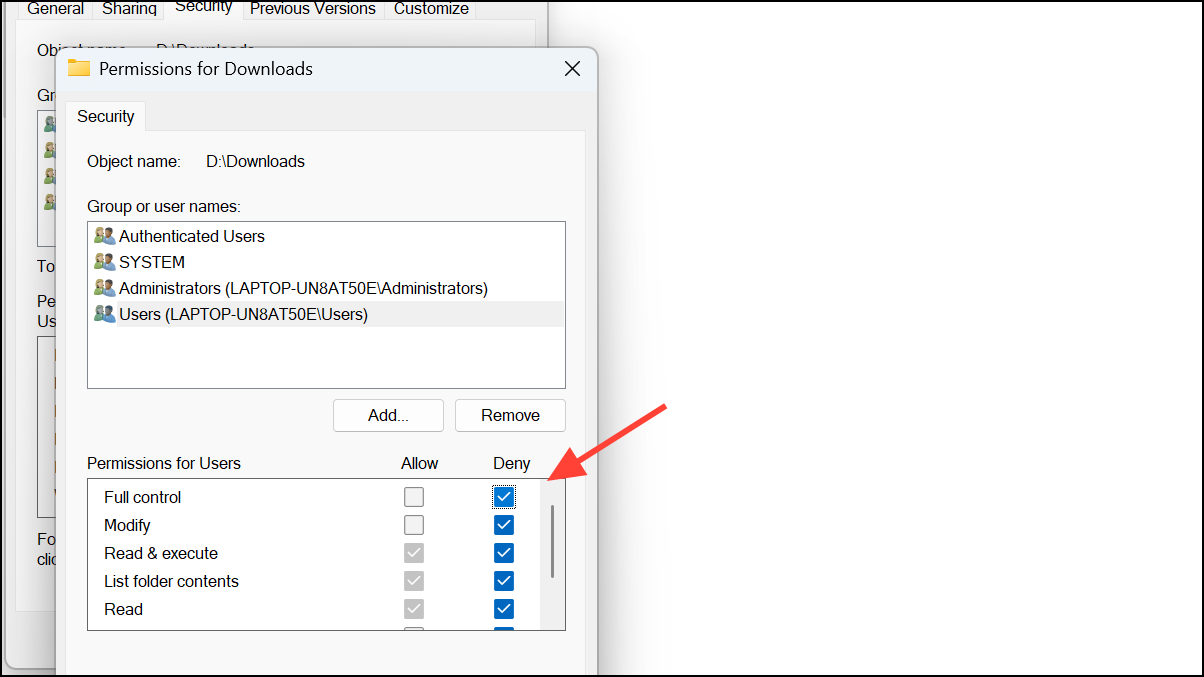
NTFS permissions are effective because they operate at the file system level, so users cannot bypass restrictions by searching or browsing directly. However, you must be an administrator to modify these settings, and this method works only on NTFS-formatted drives.
Hide Folders Using the Hidden Attribute
Step 1: Right-click the folder you want to hide and select Properties.

Step 2: In the General tab, check the Hidden box and click OK. This marks the folder as hidden in Windows Explorer.
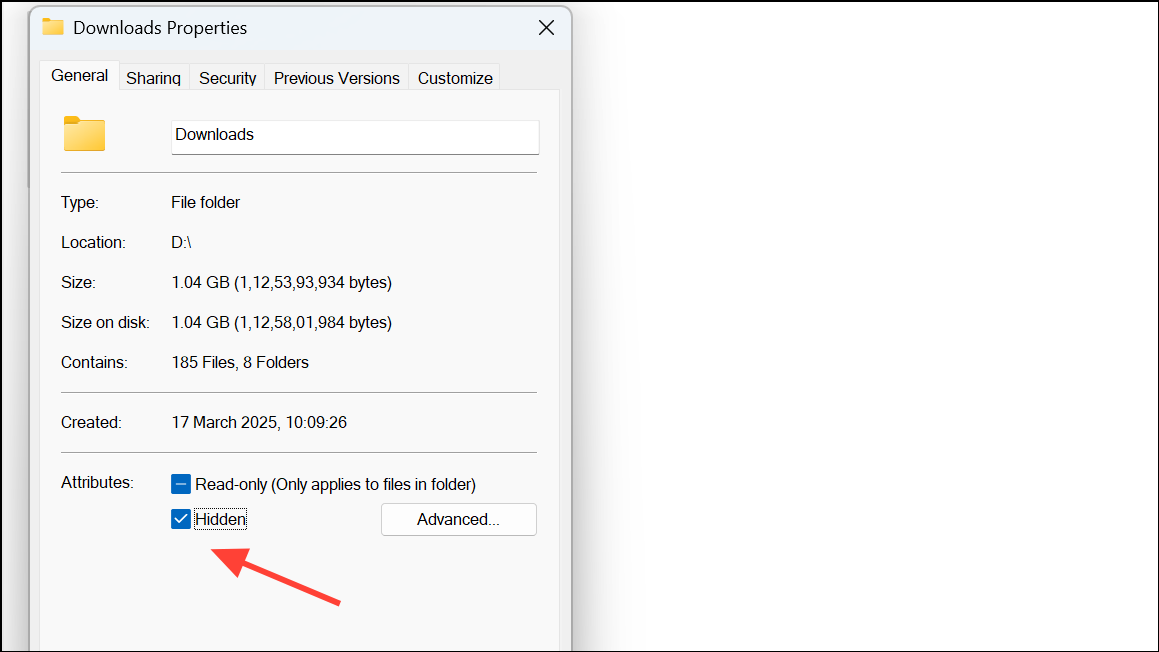
Step 3: To make hidden folders invisible, open File Explorer, click the View tab, and ensure Hidden items is unchecked. Most users will not see the hidden folder unless they change this setting.
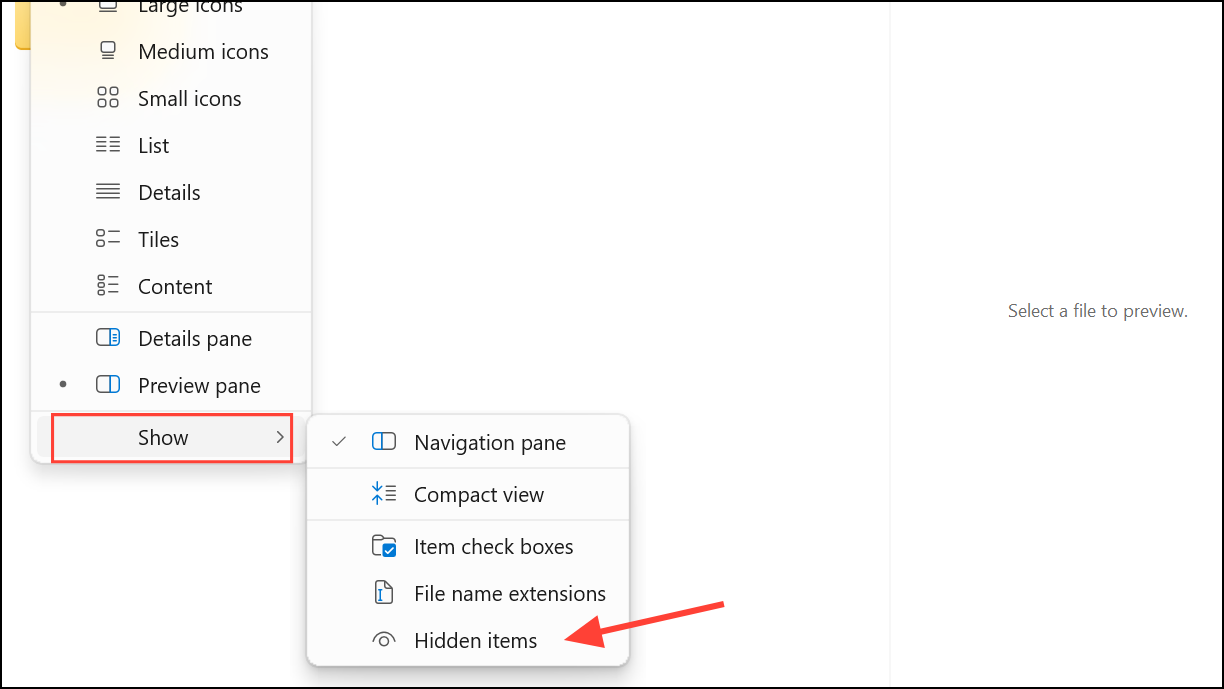
This method is simple, but it only hides folders from casual browsing. Users who know where to look or who enable viewing of hidden items can still access the folder. For stronger privacy, combine this approach with NTFS permissions or use it for less sensitive folders.
Move Sensitive Folders to a Private User Account
Step 1: Store personal files in your own user profile directory (such as C:\Users\YourUsername\Documents). By default, other standard users cannot access your profile folders without administrative rights.
Step 2: If you share a PC and want extra privacy, use a password-protected account and avoid saving sensitive data in public folders (like C:\Users\Public). This approach relies on Windows user separation to keep files private.
This method is effective for preventing other users from browsing your files, as long as they do not have administrator access to your PC.
Third-Party Folder Locking Tools
Several trusted software tools provide additional folder-hiding and locking features, such as password protection or encryption. These programs can obscure folders from view and block access even if someone tries to bypass Windows settings. When choosing third-party software, review user feedback and ensure it is compatible with your Windows version. Always back up important files before using new security tools to avoid accidental data loss.
Combining NTFS permissions with private user accounts delivers strong folder privacy on Windows. For basic hiding, the hidden attribute works, while third-party tools add extra protection if needed. Regularly review who can access your folders to keep your files safe.


